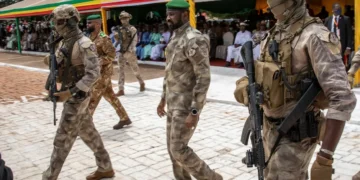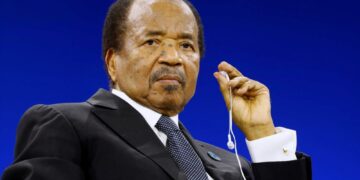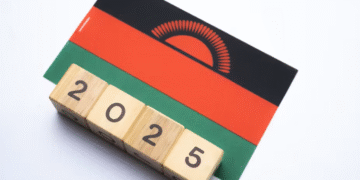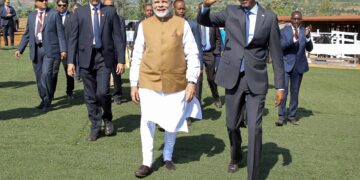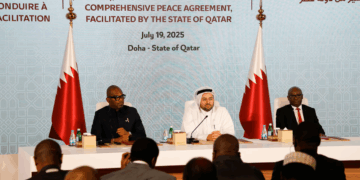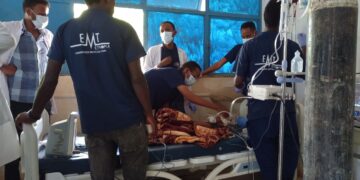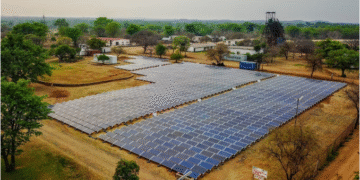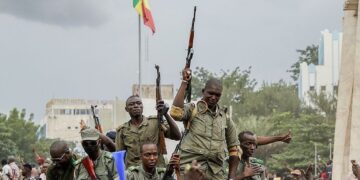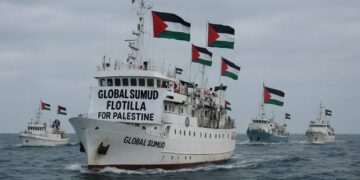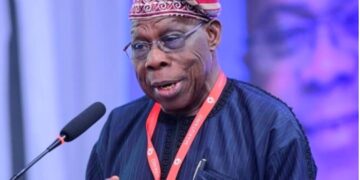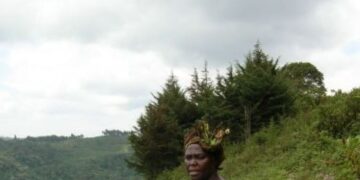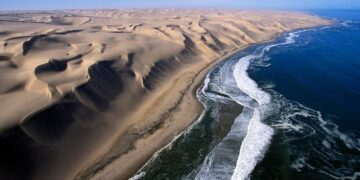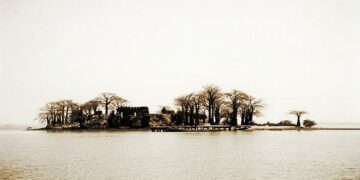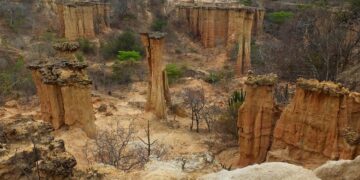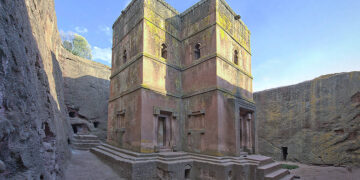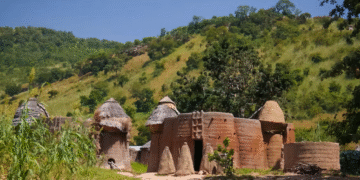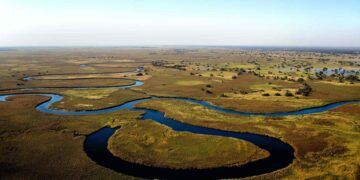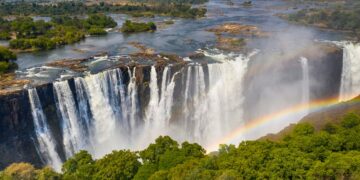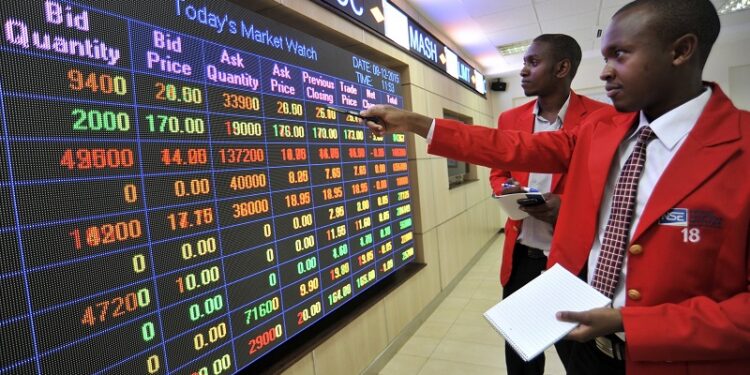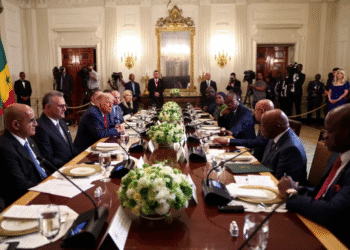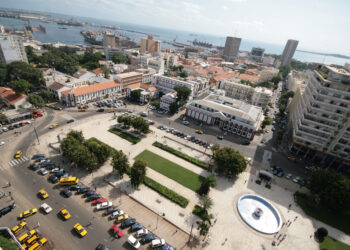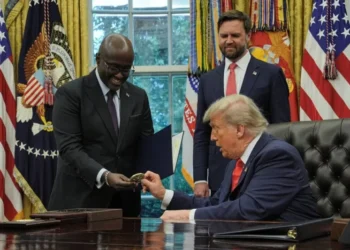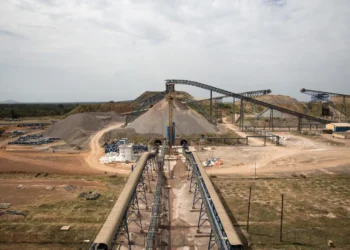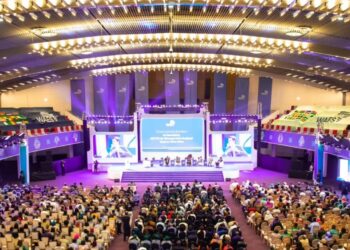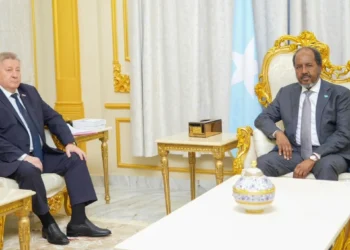The world is still recovering from the effects of the COVID-19 pandemic, and with a global recession nigh, we can only hope and remain resilient as we face the future. East Africa’s strongest economy, Kenya, remains strong and promising, but a lot needs to be done for long-term recovery and sustenance.
Drought and a sluggish economy in 2022, following the 2022 elections, will stymie Kenya’s recovery. Although the government is trying to implement some measures to curb the menace, long-term solutions need to be explored.
What will save Kenya and other countries struggling with food insecurity?
i- Food security
Food insecurity has to be dealt with using a 360-degree approach. The perennial drought requires a multi-sectorial and multi-stakeholder approach; otherwise, the Kenyan government will keep asking for appeals every time things go red.
Mitigating the adverse effects of climate change should be looked into as a matter of priority. Global warming is here with us, and sound, practical policies must be implemented to curb its devastating effects.
President Ruto’s recent launch of a tree restoration programme is laudable. If the programme is successful, it aims to plant 15 billion trees by 2032. Individuals can spur this initiative by, in addition to planting the number of trees representing their age during their birthdays, also planting more trees to honour their close relatives who have since passed on, with each tree remembering a loved one, which is good for the environment.
Besides, plant trees on other important occasions such as anniversaries, and for those who are into products, for example, for every new book you launch or brand category, plant a tree to celebrate your achievement. I will be planting three trees as we launch my third book this year.
Irregular rainfall is a result of global warming, among other factors. Trees would help restore ecosystems and biodiversity. Planting trees alone will not be enough, but putting in place an effective monitoring programme to track growth and replace seedlings that wither before maturity would complement tree planting and ensure a high survival rate.
Reviving the Galana-Kulalu project would bring over 350,000 acres under food production and would be a major step in curbing food insecurity. Besides constructing a dam at Galana-Kulalu, the government should partner with the county governments and development partners to construct more dams, especially in the arid and semi-arid parts of Kenya, which are the first to experience drought. Putting more land under irrigation to grow more food is a sure way to combat food insecurity.
ii- Economic empowerment
The hustler fund must make sense beyond fulfilling a campaign promise. The Kenyan government launched the hustler fund, which had been a campaign promise for the Kenya Kwanza coalition. For the fund to be successful, the government needs to:
- Educate citizens on the basic principles of saving and debt management.
- Conduct proper due diligence and background research to define and determine the borrowing capacity of those who would be interested in reducing the default rate. Those who already have a business may be able to access more funds than those who borrow to start one.
- Separate the agenda of bringing more people into the tax bracket through the hustler fund from having genuine intentions to improve the economic status of those at the bottom of the pyramid (BOP) with the fund. Consequently, those at the BOP would willingly pay tax when empowered.
The Kenyan government can revisit and build on the previous regime’s Big Four Agenda. Exploiting one of the aspirations of the manufacturing pillar under the Big Four Agenda, to establish an industry in each of the 47 counties, would create jobs for more Kenyans and positively contribute to the GDP and the overall growth of the economy.
iii- Make the transition from one government to another as smooth as possible.
Every five years, investors maintain a wait-and-see situation in Kenya. Strengthening the electoral process and embracing good technology, such as adopting a blockchain-supported electoral system, would to a great extent eliminate what in crypto circles is dubbed “fear, uncertainty, and doubt” (FUD) concerning the Independent Electoral and Boundaries Commission’s (IEBC) ability to administer a free and fair election. Investors would not stop or have a go-slow during the election year, which disrupts business and affects the economy in a big way every five years.
If Kenya is to realise her Vision 2030 plan, all three pillars—social, economic, and political—have to be implemented in totality. We cannot focus on the social and economic pillars without strengthening the political system. However, good progress has been made in the electoral process, but there is still room for improvement.
The current administration must win the confidence of local and external investors by overseeing the installation of competent and neutral IEBC commissioners as well as technology that will give everyone confidence that future elections will be above board. Anything, including a disputed election that hurts and slows the economic status of any country and the financial well-being of the citizens must be fixed.
iv- Improve trade relations and take advantage of AFCTA.
Kenya was selected as one of the seven countries to pilot the African Continental Free Trade Area (AfCFTA). Free trade would create more jobs and opportunities by eliminating barriers that hinder trade. During the pilot phase, Kenya should position itself to market its products to other African countries outside the East African region.
Technology, as an enabler, must be embraced to facilitate trade. Many countries have not only discussed central bank digital currencies (CBDCs) but are now adopting the same to facilitate trade. As we wait for sanity to be restored in the crypto space to tame gullible founders, Kenya can pursue its CBDC. However, CBDCs remain centralised and cannot realise the benefits decentralised cryptocurrencies offer, such as the convenience of fast transactions without involving third parties and the ability to transact large volumes to most parts of the world.
ــــــــــــــــــ
This article expresses the views and opinions of the author, and does not necessarily reflect the views of Qiraat Africa and its editors.


